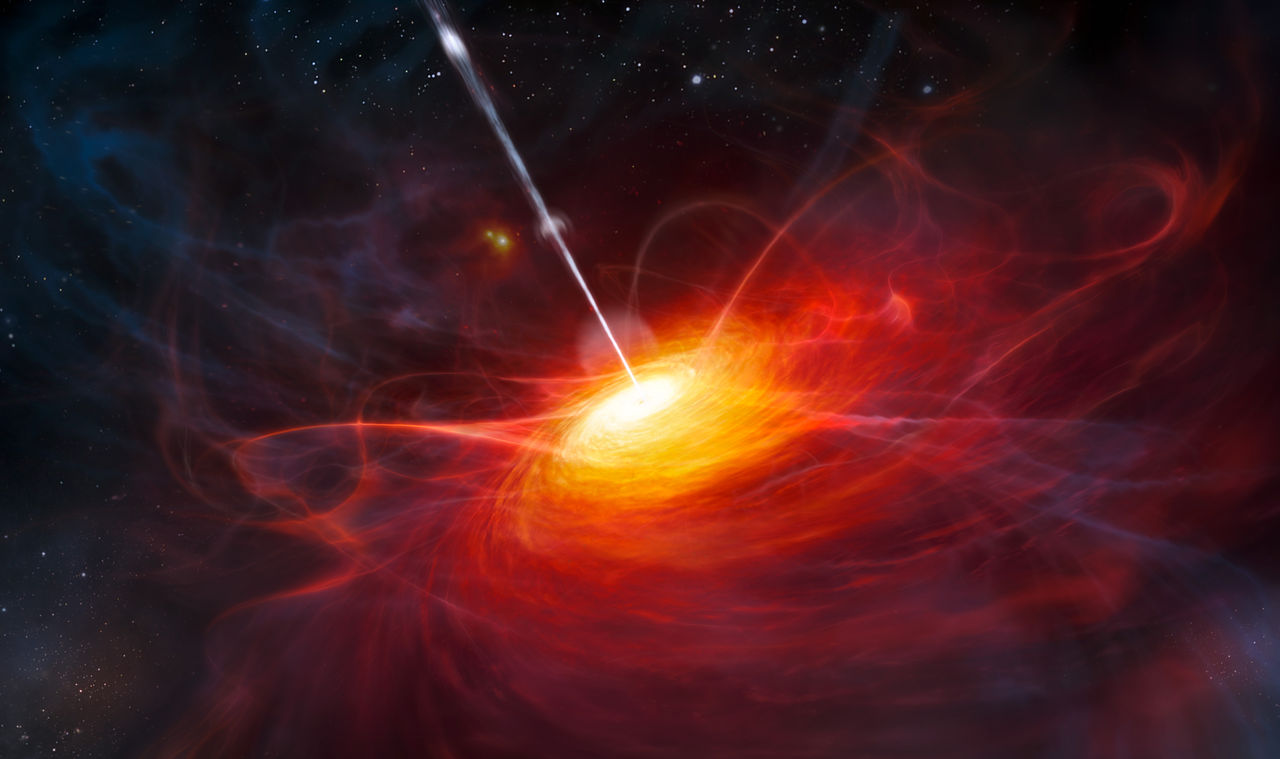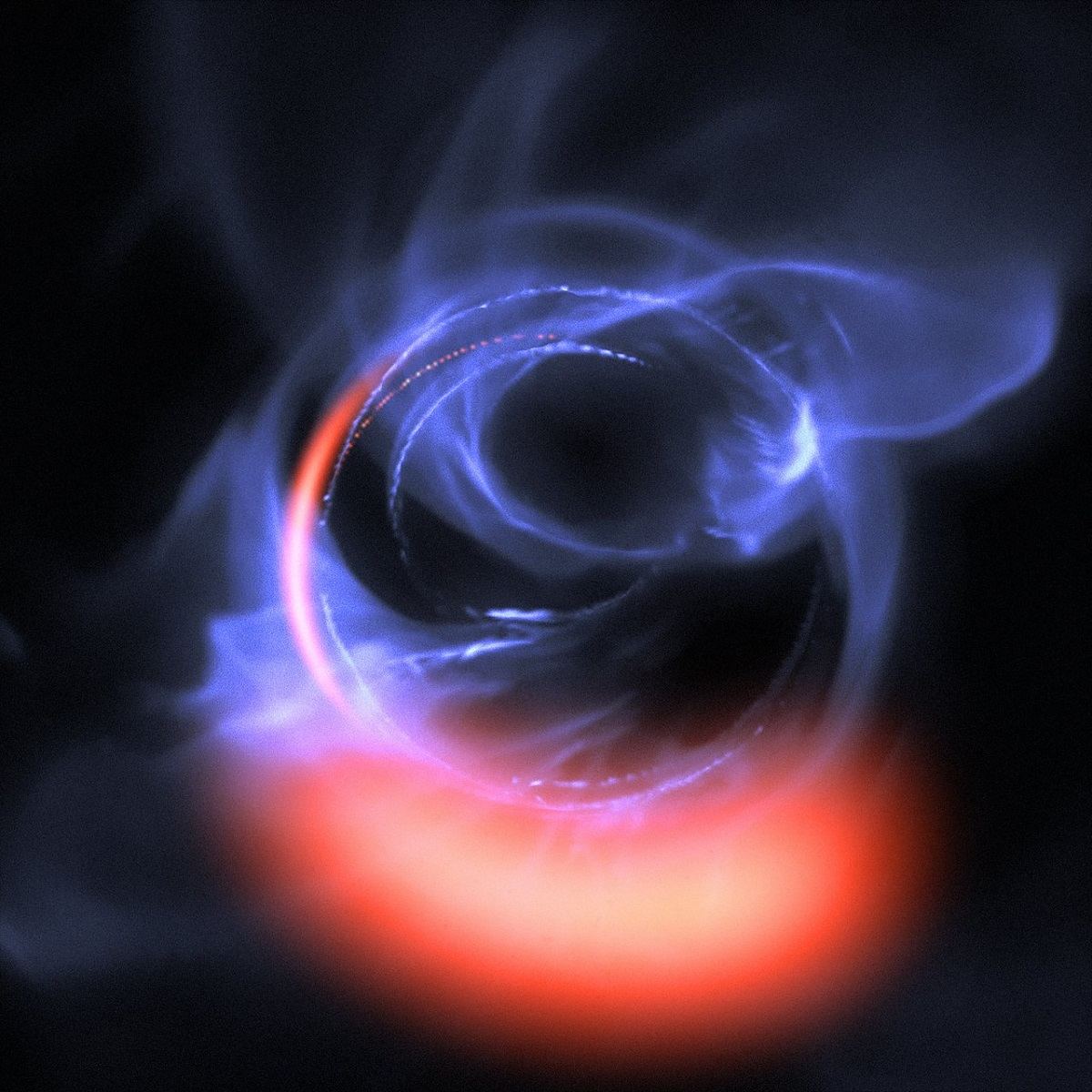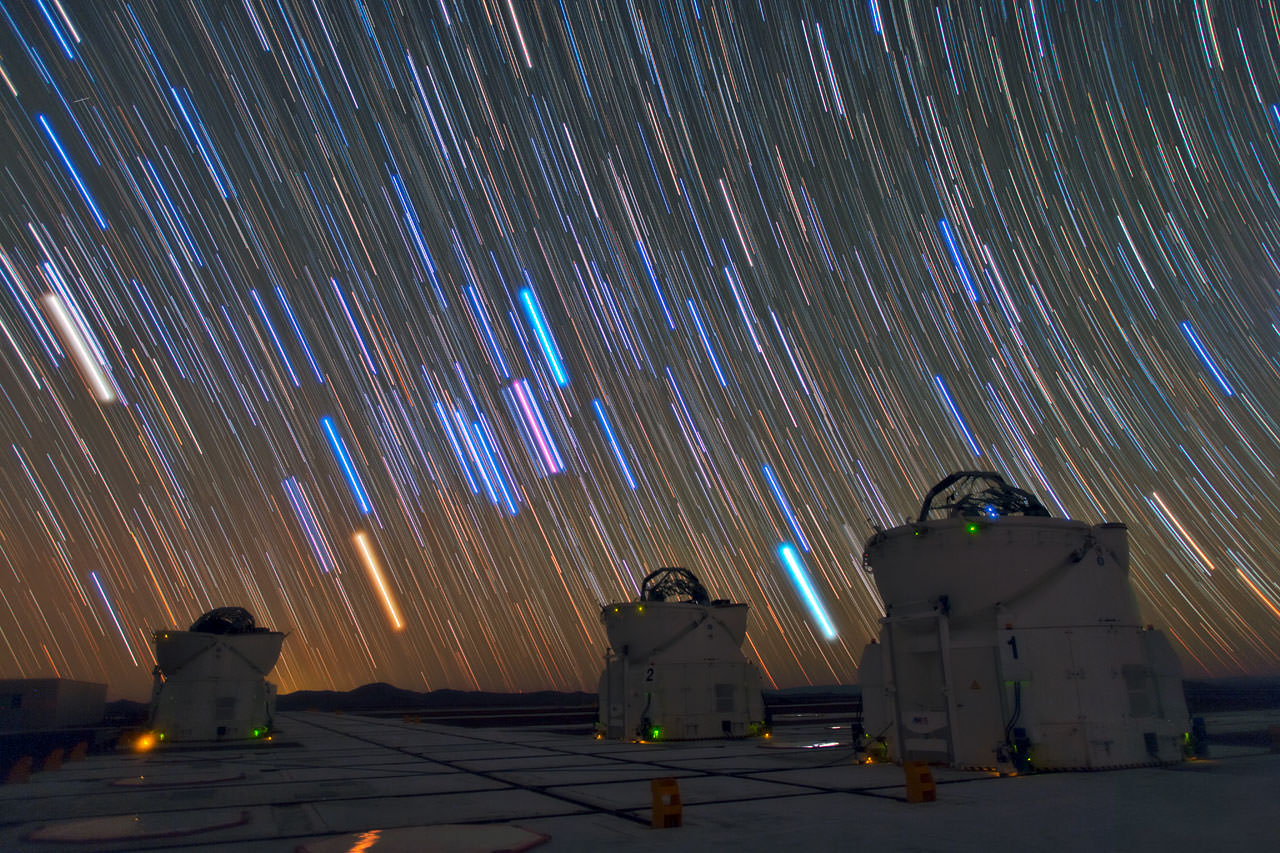Can a kilometer-scale telescope help conduct more efficient science, and specifically for the field of optical interferometry? This is what a recently submitted study hopes to address as a pair of researchers propose the Big Fringe Telescope (BFT), which is slated to comprise 16 telescopes 0.5-meter in diameter and will be equivalent to a telescope at 2.2 kilometers in diameter. What makes BFT unique is its potential to create real-time exoplanet “movies” like the movies featuring Venus transiting our Sun, along with significantly reduced construction costs compared to current ground-based optical interferometers.
Continue reading “The Big Fringe Telescope. A 2.2 KILOMETER Telescope on the Cheap. And it Can Make Exoplanet “Movies”.”Astronomers are Getting Really Good at Weighing Baby Supermassive Black Holes

In the 1970s, astronomers deduced that the persistent radio source coming from the center of our galaxy was actually a supermassive black hole (SMBH). This black hole, known today as Sagittarius A*, is over 4 million solar masses and is detectable by the radiation it emits in multiple wavelengths. Since then, astronomers have found that SMBHs reside at the center of most massive galaxies, some of which are far more massive than our own! Over time, astronomers observed relationships between the properties of galaxies and the mass of their SMBHs, suggesting that the two co-evolve.
Using the GRAVITY+ instrument at the Very Large Telescope Interferometer (VLTI), a team from the Max Planck Institute for Extraterrestrial Physics (MPE) recently measured the mass of an SMBH in SDSS J092034.17+065718.0. At a distance of about 11 billion light-years from our Solar System, this galaxy existed when the Universe was just two billion years old. To their surprise, they found that the SMBH weighs in at a modest 320 million solar masses, which is significantly under-massive compared to the mass of its host galaxy. These findings could revolutionize our understanding of the relationship between galaxies and the black holes residing at their centers.
Continue reading “Astronomers are Getting Really Good at Weighing Baby Supermassive Black Holes”Astronomers Get as Close as They Can to Seeing the Black Hole at the Heart of the Milky Way

Since the 1970s, astronomers have theorized that at the center of our galaxy, about 26,000 light-years from Earth, there exists a supermassive black hole (SMBH) known as Sagittarius A*. Measuring an estimated 44 million km (27.3 million mi) in diameter and weighing in at roughly 4 million Solar masses, this black hole is believed to have had a profound influence on the formation and evolution of our galaxy.
And yet, scientists have never been able to see it directly and its existence has only been inferred from the effect it has on the stars and material surrounding it. However, new observations conducted by the GRAVITY collaboration** has managed to yield the most detailed observations to date of the matter surrounding Sagittarius A*, which is the strongest evidence yet that a black hole exists at the center of the Milky Way. Continue reading “Astronomers Get as Close as They Can to Seeing the Black Hole at the Heart of the Milky Way”
Celestial Laser Show? Nope, These Are Trails Showing Off Star Colors

There are so many colorful streaks in that image above that you’d be forgiven for thinking somebody is shooting lasers around the European Southern Observatory (ESO) in Chile. Actually, though, this demonstrates a common technique for astronomy photo-taking where you do a time lapse to watch the stars moving as the Earth makes its daily rotation.
The image of auxiliary telescopes of Very Large Telescope Interferometer is not only pretty, but does have some scientific interest as well, ESO said.
“This technique … enhances the natural colours of the stars, which gives an indication of their temperature, ranging from about 1000 degrees Celsius [1,832 Fahrenheit] for the reddest stars to a few tens of thousands of degrees Celsius [or Fahrenheit] for the hottest, which appear blue. The sky in this remote and high location in Chile is extremely clear and there is no light pollution, offering us this amazing light show,” stated the European Southern Observatory.
According to ESO, these supplementary telescopes working together allow astronomers to “see details up to 25 times finer than with the individual telescopes.” You can read more about the VLTI at this ESO link, which includes some interesting facts — such as why the interferometers are named Antu, Kueyen, Melipal and Yepun.
Source: European Southern Observatory

